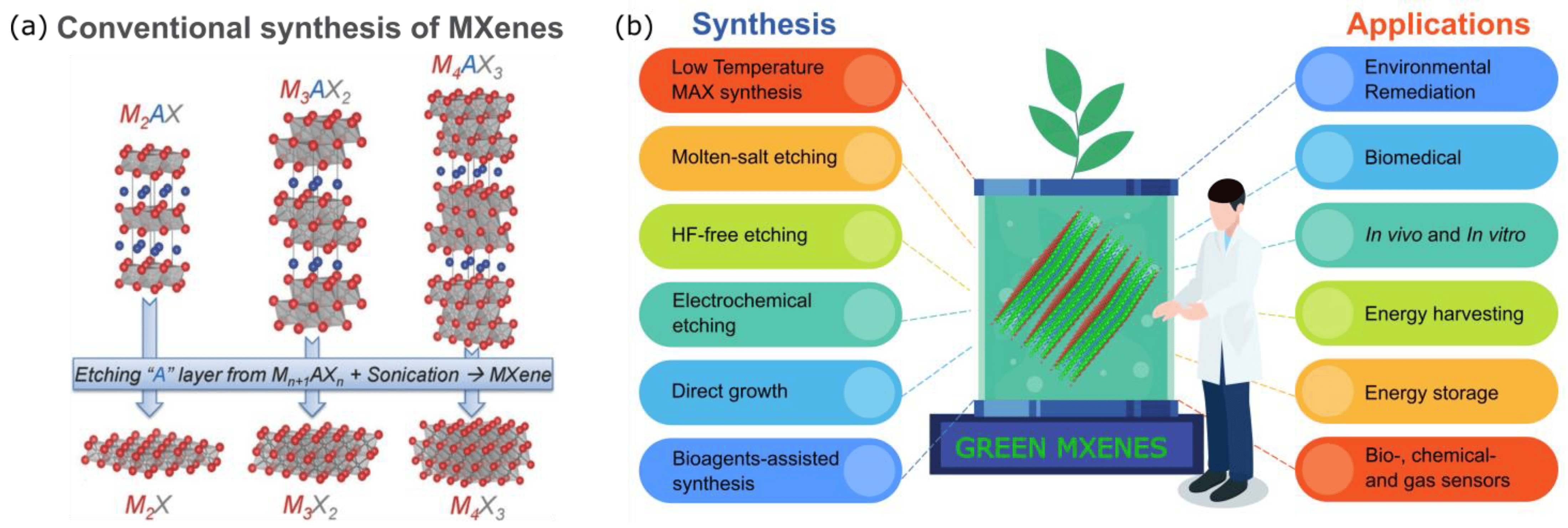Introduction
In the ever-evolving landscape of material science, one compound has been making waves for its exceptional properties and versatile applications – MXene. This article delves into the synthesis of MXene, exploring its significance, the intricate process of creation, resulting properties, and its wide-ranging applications in various fields.
The Synthesis Process
MXene, a two-dimensional material, is typically synthesized through several methods. The mechanical exfoliation method involves the mechanical separation of layers from a parent MAX phase, while the chemical etching process utilizes strong acids to selectively remove layers. Additionally, hydrothermal and solvothermal methods offer alternative pathways, each with its own set of advantages and challenges.
Properties of Synthesized MXene
The structural characteristics of MXene, such as its layered structure and high surface area, contribute to its remarkable properties. These properties include impressive electrical conductivity, robust mechanical strength, and unique surface chemistry, making MXene an attractive material for various applications.
Applications of MXene
MXene has found applications across a spectrum of fields. In energy storage devices, MXene’s high conductivity enhances battery performance. It also excels in catalysis, sensing, and biomedical applications, showcasing its adaptability and potential impact on diverse industries.
Challenges in MXene Synthesis
Despite its promising attributes, MXene synthesis is not without challenges. Contamination issues, scalability concerns, and cost considerations pose hurdles that researchers are actively addressing to unlock the full potential of this remarkable material.
Future Prospects
As research in MXene synthesis continues, advancements are anticipated, leading to potential breakthroughs and the exploration of new applications. The future holds exciting possibilities for MXene, with ongoing efforts to overcome existing challenges and push the boundaries of material science.
Conclusion
In conclusion, the synthesis of MXene opens doors to a realm of possibilities in material science. Its unique properties and diverse applications make it a focal point of research and innovation. As technology advances, MXene is poised to play a crucial role in shaping the future of materials and their applications.
